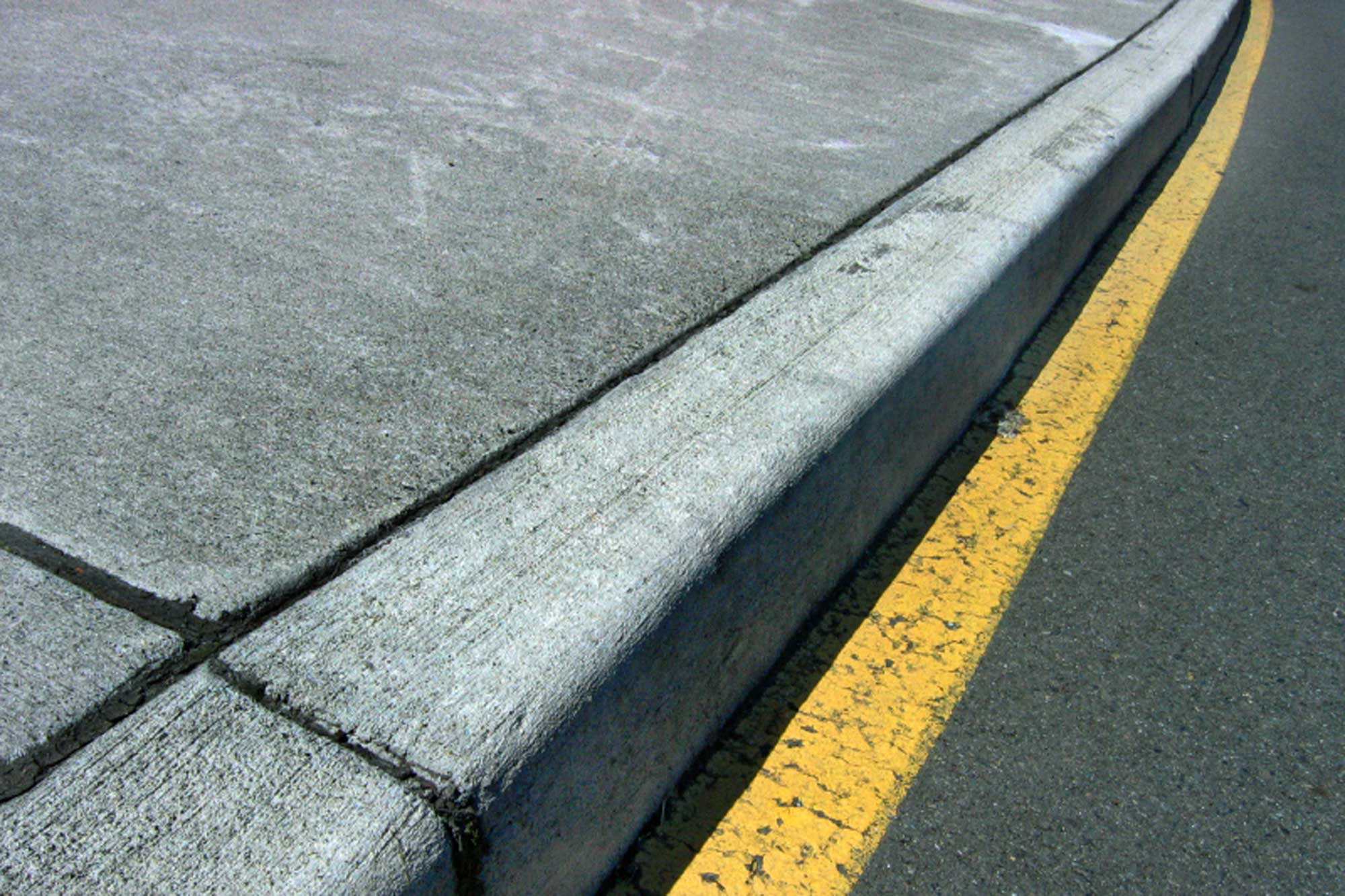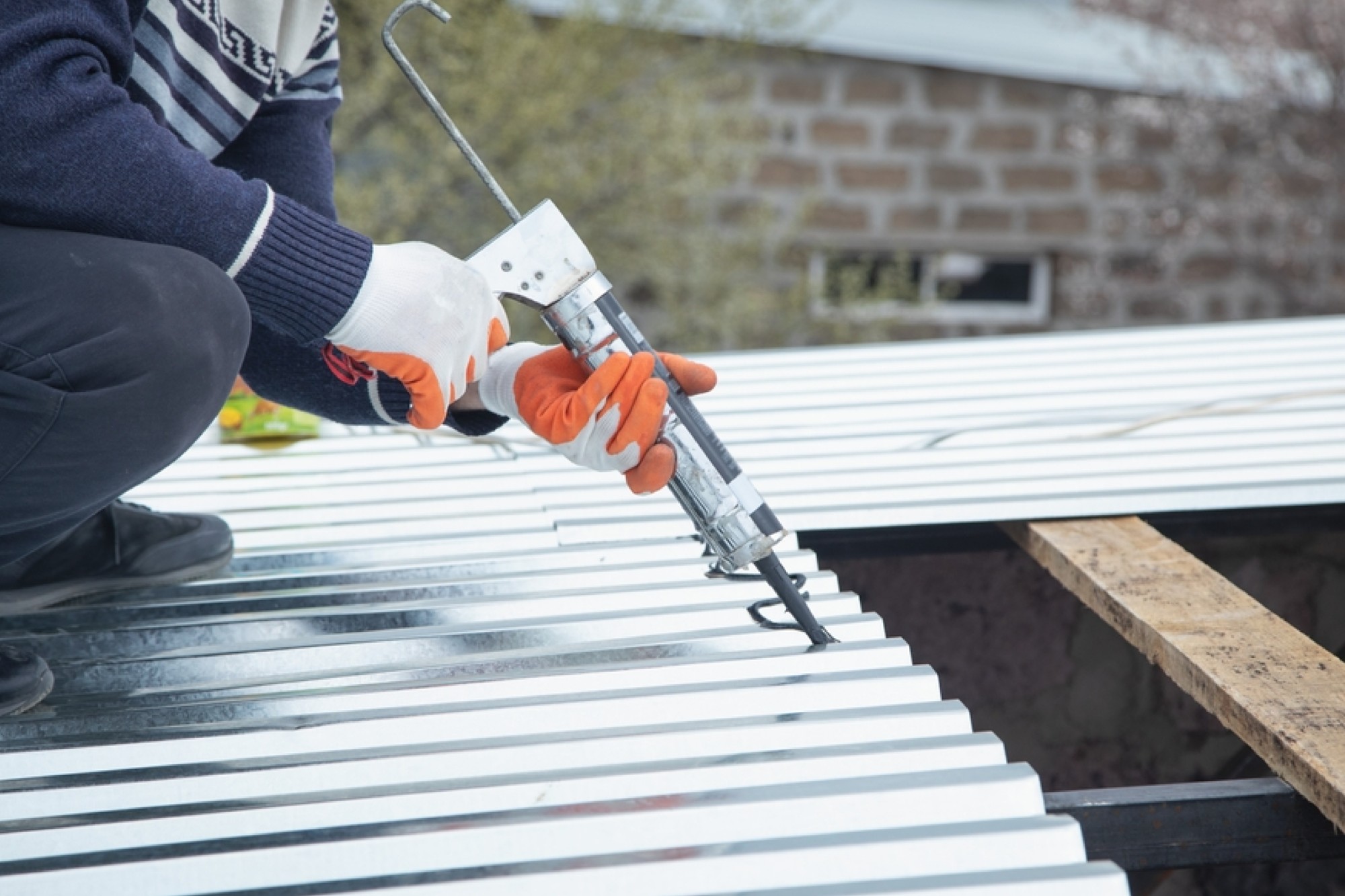What is sealant?
By Edit Team | December 27, 2016 12:03 pm SHARE

Sealants are not adhesives but some have adhesive qualities and are called adhesive sealants or structural sealants, explains Suprio Sengupta, President, STP Ltd
In building construction sealant is sometimes synonymous with caulking. It also serves the purposes of blocking dust, sound and heat transmission. Sealants may be weak or strong, flexible or rigid, permanent or temporary. Sealants are not adhesives but some have adhesive qualities and are called adhesive sealants or structural sealants.
History of sealant
Sealants were first used in prehistory in the broadest sense as mud, grass and reeds to seal dwellings from the weather. Natural sealants and adhesive sealants included plant resins such as pine pitch and birch pitch, bitumen, wax, tar, natural gum, clay (mud) mortar, lime mortar etc. In the 17th century glazing putty was first used to seal window glass made with linseed oil and chalk, later other drying oil were also used to make oil-based putties which were often referred to as caulks. In the 1920s polymers such as acrylic polymers, butyl polymers and silicon polymers were developed and used in sealants. By the 1960s synthetic-polymer-based sealants were widely available.
Functions
Sealants, despite not having great strength, convey a number of properties. They seal top structures to the substrate, and are particularly effective in waterproofing processes by keeping moisture out (or in) the components in which they are used. They can provide thermal and acoustical insulation, and may serve as fire barriers. They may have electrical properties, as well. Sealants can also be used for simple smoothing or filling. They are often called upon to perform several of these functions at once.
A caulking sealant has three basic functions: It fills a gap between two or more substrates; it forms a barrier through the physical properties of the sealant itself and by adhesion to the substrate; and, it maintains sealing properties for the expected lifetime, service conditions, and environments. The sealant performs these functions by way of correct formulation to achieve specific application and performance properties. There are few functional alternatives to the sealing process. However, the simplicity and reliability offered by organic elastomers usually make them the clear choice for performing these functions.
Types of sealants
A sealant may be viscous material that has little or no flow characteristics and which stay where they are applied; or they can be thin and runny so as to allow it to penetrate the substrate by means of capillary action. Typically, sealants are used to close small openings that are difficult to shut with other materials. Desirable properties of sealants include insolubility, corrosion resistance, and adhesion. Uses of sealants vary widely and sealants are used in many industries, for example, construction, automotive and aerospace industries.
Types of sealants fall between the higher-strength, adhesive-derived sealers and coatings at one end, and extremely low-strength putties, waxes, and caulks at the other. Putties and caulks serve only one function – i.e., to take up space and fill voids.
STP’s range of sealants
ShaliTex Sealing Compound It is a bitumen based sealant for concrete joints resistant to high temperature variations providing waterproof sealing for all type of horizontal joints. It is conforming to IS 1834 – 1984, Grade A specification.
ShaliJet Sealing Compound
This is a thermoplastic material. It flows in hot condition and settles to a plasto-elastic mass when cold. Being fuel / heat resistant, ShaliJet Sealing Compound is used as sealant in construction of runways. It conforms to IS: 1834 Grade B.
ShaliSeal PS PG (Pouring Grade)
Pouring Grade is based on liquid polysulphide polymers which adhere to most of basic civil engineering materials like cementations substrates, aluminium, glass, wood, mild steel etc. The product is used for sealing expansion joints, door-window surrounding joints and floor concrete to wall masonry separation joints etc. After mixing the base component and curing agent in given proportion rubber like material in pourable consistency is formed. It conforms to BS 5212: 1990 Part I -Type F and Type FB (flame and fuel resistance).
ShaliSeal PS GG
This gun grade sealant is based on liquid polysulphide polymers, which adhere to most of basic civil engineering materials like cementitious substrates, aluminium, glass, wood, mild steel etc. The product is used for sealing expansion joints, door-window surrounding joints and floor concrete to wall masonry separation joints etc. After mixing the base component and curing agent in given proportion rubber like material is formed. It conforms to BS 5212: 1990 Part I -Type F and Type FB (Flame and Fuel Resistance). It also complies with IS 12118 Part 1 – 1987.
ShaliSeal PU
Earlier known as ShaliFlex PU, ShaliSeal is single component Polyurethane elastomer. ShaliSeal PU resists cracking arising out of movements of joint materials.
ShaliSeal PU 2K
Formerly known as ShaliSeal PU II, this is a coal tar free modified two partpolyurethane sealant which cures to form a durable, flexible, watertight bond with most building materials and is capable of accommodating, dynamic joint movement. It is available in two forms: Gun Grade (GG) and Pouring Grade (PG).
TarPlastic
Tar Plastic is a cold applied bituminous caulking compound with mineral fillers in a volatile solvent to retain its plasticity. It is available in a putty form.
TarPlastic remains plastic for a considerable length of time. The skin and interior harden to some extent after application. It conforms to the requirement of IS: 1580 – 1991.
Super Flash Strip
It is easy to apply, self-adhesive, pressure-sensitive, UV resistant waterproofing tape protected by aluminium-film and reinforced with polyester film. The adhesive bituminous compound is protected by silicon release film. Super Flash Strip gives lasting protection in all climates. Super Flash Strip bonds to a wide range of building materials to form an instant, permanent and water-tight seal. Super Flash Strip can be used in waterproofing and repair work.
Authored by__
Suprio Sengupta,
President (Road Surfacing),
STP Ltd
Cookie Consent
We use cookies to personalize your experience. By continuing to visit this website you agree to our Terms & Conditions, Privacy Policy and Cookie Policy.






















































